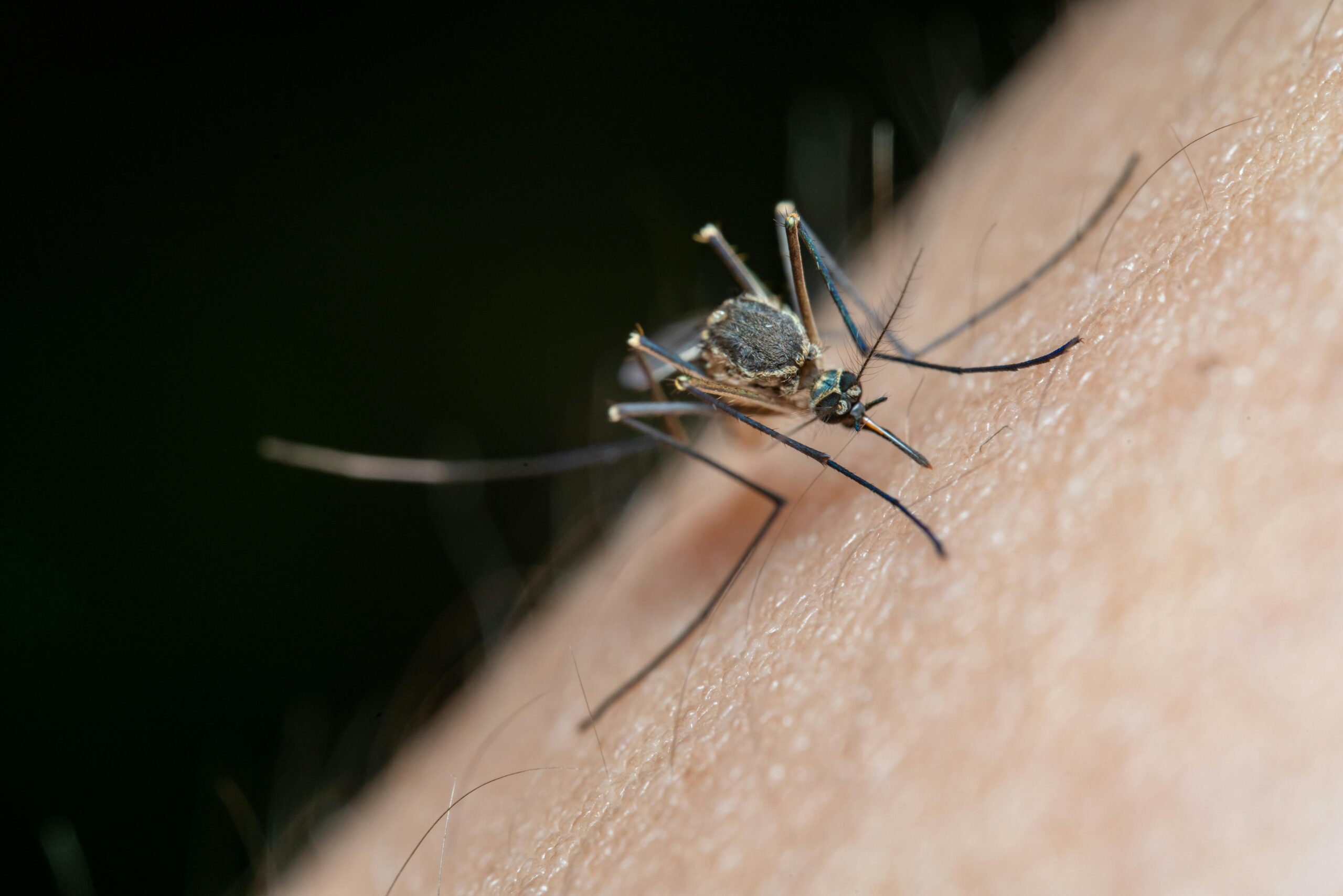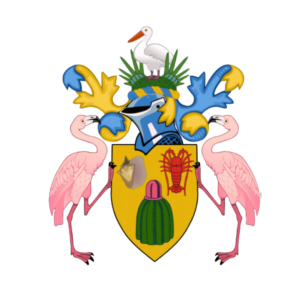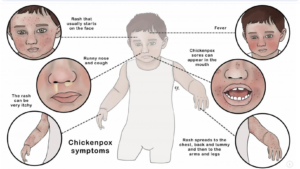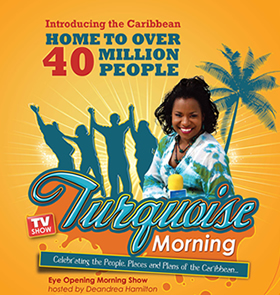St. John’s, Antigua and Barbuda. April 17th 2024. The Caribbean Public Health Agency (CARPHA) is conducting an integrated mission to Antigua and Barbuda (ANU) during April 15-19th to build capacity in surveillance, early warning and response systems, laboratory capacity, competence in health and food safety, and prepare for the launch of the CARPHA Regional Tourism and Health Program (THP), ahead of the 4th International Conference of Small Developing Island States (SIDS), Sailing Week, the ICC Men’s T20 World Cup, and other major upcoming mass gathering(MG) events.
The CARPHA mission, led by Dr. Lisa Indar, Director, Surveillance, Disease Prevention and Control Division (SDPC), comprises persons from several CARPHA departments: Dr. Laura-Lee Boodram, Head, Caribbean Regional Field Epidemiology and Laboratory Training Programme, Dr. Michelle Hamilton, Head of Laboratory Services and Networks (LSN), Dr. Jarelle Branford and Ms Sheena DeSilva from Health Information Communicable Diseases and Emergency Response (HCE), Ms Neeta Oudit (LSN), Mr. Keston Daniel and Dr. Anushka Bissoon-Pustam of the Regional Tourism and Health Program (THP), and Mr Mohammed Elsherbiny, Senior Technical Advisor to the THP from the UKHSA.
Dr. Kamaria De Castro, Acting Chief Medical Officer, remarked “The partnership is timely as it helps to improve capacity as it assists in developing a sustainable future. We want to protect our local population as well as our visitors and let them know that we are aware of public health threats and we are preparing, building capacity, training and procuring resources that will be put in place to effectively prevent major spread of diseases. She extended her gratitude to CARPHA for the continued support and partnership.”
Dr. Lisa Indar indicated, “It is important to prevent public health threats to stop them from becoming emergencies as visitors are coming in from many different countries for Cricket World Cup, SIDS, Sailing Week and we want to make sure our visitors as well as our people are safe. We want to put systems in place and strengthen existing systems to be able to identify risks early and begin immediate and more timely responses to mitigate the potential spread of diseases.”
Key outcomes and activities of this mission include:
- High level endorsements for the capacity building missions from the Ministers of Health, and Tourism
- Formation of an Antigua and Barbuda THP Steering Committee for promoting healthier safer tourism
- Communicable Diseases Surveillance workshop for Health Workers across the health sector to understand case definitions and timely reporting to the central level.
- National Risk Assessment for mass gatherings, using the WHO/PAHO Mass Gathering Risk Assessment Tool, the results of which will be used to guide preparation and response for the upcoming MGs.
- Desktop simulation exercises with doctors, public health nurses, Emergency Medical Services, law enforcement, National Office of Disaster Services, Red Cross and laboratory workers to assess how participants will respond to multiple public health scenarios during mass gathering events and identify gaps/challenges of the same.
- Rapid response training for public health professionals, including persons from the security/defense force and the National Office of Disaster Services and partners. The training will review scenarios that necessitate mounting a response to a public health emergency by rapidly dispatching a multidisciplinary team to investigate and implement mitigating measures to contain the situation.
- Mass gatherings surveillance training for surveillance team, public health nurses and other members within the health sector. An all-hands-on-deck approach will be taken to emphasize the need for daily and real-time reporting, monitoring, response, coordination, and communication. CARPHA’s regional mass gathering syndromic surveillance system (MGSS) is detailed, including national surveillance, tourism-based surveillance and the new module developed for mass gatherings . Doctors, nurses, and surveillance officers to be present at the health stations for the 4th UN SIDS Conference will also be trained and registered on MGSS.
- Engagement with the health, tourism, and port authority teams to discuss ways to bolster disease surveillance of cruise ships for Antigua and Barbuda as a large number of the transient population for the country is through cruises, especially as Antigua and Barbuda is a homeport for many cruise ships.
- Conduct field visits to major hotels (including the ones hosting the players and officials for the T20 games) to get them registered on the confidential early warning THiS system.
- Training on Food and Environmental Health safety during mass gatherings for food handlers and restaurants, including those who will be providing the catering services for the SIDS Conference. The training focuses on ensuring all food handlers are equipped with the appropriate knowledge and tools to prepare, cook, store and serve food to guests at the establishments and in a Mass Gathering setting.
- Training in Prevention and Control of Infectious Diseases, for the hospitality sector with an additional focus on Mass Gatherings. The session aims to build capacity to quickly identify and respond to cases of infectious diseases and will include participants from the hotel, food and beverage sectors some of which will be working closely with the SIDS Conference and will be working with the upcoming Cricket World Cup.
- Assessments of the laboratory network of Antigua and Barbuda for optimization of laboratory services available in-country. Training in testing for priority pathogens during an emergency response and/or mass gathering will be conducted.
As a highly tourism-dependent country, Antigua welcomes as much as 20,000 visitors daily, further highlighting the need for robust visitor-based surveillance. These workshops will provide instruments in identifying and addressing various challenges of Antigua and Barbuda in preparing for mass gatherings. This joint mission aims to strengthen Antigua and Barbuda’s surveillance and response capacity and preparedness to effectively anticipate and manage potential challenges, ensuring a seamless and secure SIDS conference, T20 CWC tournament, Sailing Week and Carnival experience for all.
CARPHA and Antigua and Barbuda continue to work toward supporting Antigua and Barbuda’s preparation for these large-scale mass gathering events and for the large number of tourists visiting the islands on a daily and weekly basis. CARPHA stands ready to continue supporting Antigua and Barbuda.
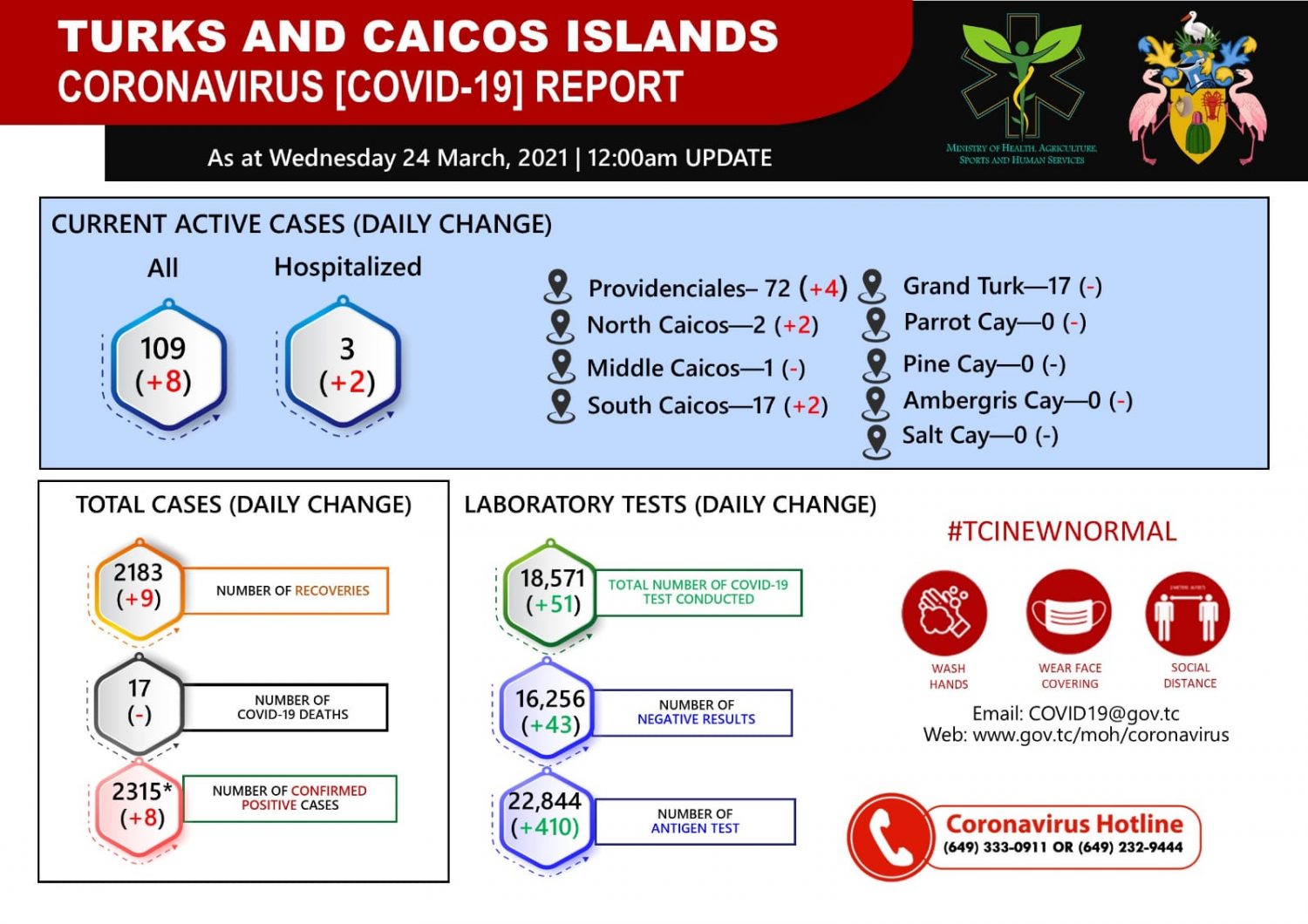

 TCI News1 week ago
TCI News1 week ago
 Latin America and Caribbean7 days ago
Latin America and Caribbean7 days ago
 Crime1 week ago
Crime1 week ago
 Bahamas News1 week ago
Bahamas News1 week ago
 Bahamas News6 days ago
Bahamas News6 days ago
 Caribbean News1 week ago
Caribbean News1 week ago
 Bahamas News6 days ago
Bahamas News6 days ago
 Caribbean News1 week ago
Caribbean News1 week ago

